Sodium Thiosulfate
Sodium thiosulfate (Na₂S₂O₃) is a colorless crystalline compound commonly used in various applications, including:
1. **Medicine**: It is used to treat cyanide poisoning and certain fungal infections. In some cases, it’s used in cancer treatment to mitigate the side effects of chemotherapy.
2. **Photography**: Sodium thiosulfate, often called “hypo,” is used as a fixing agent in photographic processing, helping to dissolve unexposed silver halide crystals from film or photo paper.
3. **Water Treatment**: It neutralizes chlorine in water and can also reduce heavy metal toxicity.
4. **Iodometry**: It is used in titration processes to determine the concentration of substances, particularly in the analysis of iodine and related compounds.
Its role as a reducing agent, detoxifier, and stabilizer makes it quite versatile in various industrial and laboratory settings.
₦160,000.00
Description
Sodium thiosulfate (Na₂S₂O₃) is a versatile chemical compound with multiple industrial, medical, and chemical applications. Below is an overview of its properties, production, uses, and more:
### 1. **Chemical Properties:**
– **Formula**: Na₂S₂O₃
– **Molar Mass**: 158.11 g/mol (anhydrous form)
– **Appearance**: White or colorless crystalline solid.
– **Solubility**: Highly soluble in water.
– **Decomposition**: Upon heating, it decomposes, releasing sulfur dioxide (SO₂) and sulfur.
– **pH**: Aqueous solutions are mildly alkaline.
– **Reactivity**: Reacts with acids to produce sulfur dioxide and elemental sulfur. Also reacts with iodine and chlorine.
### 2. **Production:**
Sodium thiosulfate is typically produced by reacting sodium sulfite (Na₂SO₃) with sulfur or as a byproduct of the sulfur dioxide scrubbing process:
\[
Na₂SO₃ + S → Na₂S₂O₃
\]
It can also be made by neutralizing thiosulfuric acid (H₂S₂O₃) with sodium hydroxide (NaOH).
### 3. **Medical Applications:**
– **Cyanide Poisoning Antidote**: Sodium thiosulfate is used to treat cyanide poisoning by converting cyanide into thiocyanate, a much less toxic substance, which is then excreted by the kidneys.
– **Cancer Therapy**: It is used to mitigate the toxic side effects of chemotherapy drugs such as cisplatin, particularly in preventing hearing loss (ototoxicity) and kidney damage.
– **Fungal Infections**: Sometimes applied topically for treating certain skin fungal infections like tinea versicolor.
– **Calciphylaxis**: It is used to treat this rare condition, often associated with kidney disease, in which calcium builds up in blood vessels and tissues.
### 4. **Industrial Applications:**
– **Water Treatment**: It is commonly used to neutralize chlorine and chloramines in water treatment plants, swimming pools, and aquariums.
– **Gold Extraction**: In mining, sodium thiosulfate is an alternative to cyanide in the gold leaching process, making it more environmentally friendly.
– **Photography**: Historically, sodium thiosulfate was used in the development of film photography, where it acted as a fixing agent to dissolve unexposed silver halide from film or photo paper.
– **Textile and Paper Industries**: It acts as a bleaching agent and is used to neutralize residual chlorine after bleaching processes.
– **Leather Tanning**: Sodium thiosulfate helps in removing hair from animal hides in the preparation of leather.
– **Analytical Chemistry**: It is used in iodometric titrations to measure the concentration of oxidizing agents such as iodine.
### 5. **Laboratory Uses:**
– **Titration**: Sodium thiosulfate is widely used in iodometric titrations, where it serves as a reducing agent. For example, it helps in determining the amount of iodine or chlorine in a solution.
– **Gold and Silver Assay**: In labs, it is used in the testing of gold and silver content in ores and alloys.
### 6. **Environmental Impact:**
– Sodium thiosulfate is often used as an environmentally friendly reagent in applications that typically use more hazardous chemicals like cyanide. Its use in gold leaching is a notable example, as it helps reduce the toxic waste associated with cyanidation.
### 7. **Reactions Involving Sodium Thiosulfate:**
– **With Acids**: Sodium thiosulfate decomposes in the presence of acids to produce sulfur dioxide (SO₂), elemental sulfur, and water:
\[
Na₂S₂O₃ + 2HCl → 2NaCl + SO₂ + S + H₂O
\]
– **With Iodine**: Sodium thiosulfate reduces iodine (I₂) to iodide (I⁻), which is the basis for its use in iodometry:
\[
2Na₂S₂O₃ + I₂ → Na₂S₄O₆ + 2NaI
\]
– **With Chlorine**: It neutralizes chlorine by reducing it to chloride ions:
\[
Na₂S₂O₃ + 4Cl₂ + 5H₂O → Na₂SO₄ + 8HCl + 4NaCl
\]
### 8. **Storage and Handling:**
– **Storage**: Sodium thiosulfate should be stored in a cool, dry place away from strong acids and oxidizing agents. When exposed to air, it can absorb moisture and degrade.
– **Safety**: It is generally regarded as safe, but contact with strong acids releases toxic sulfur dioxide gas. Handling precautions include using gloves and eye protection in industrial and laboratory settings.
### 9. **Hazards:**
– **Decomposition**: Sodium thiosulfate can decompose into sulfur and sulfur dioxide gas, which is toxic if inhaled.
– **Reactivity with Acids**: It should not be mixed with strong acids due to the risk of releasing sulfur dioxide gas.
### 10. **Miscellaneous Applications:**
– **Aquaculture**: Used to detoxify fish tanks by neutralizing residual chlorine.
– **Analytical Reagents**: Sodium thiosulfate is used in some chemical testing kits, for example, in water quality testing to assess chlorine and oxygen content.
– **Fireworks**: It can be used as an ingredient in some types of fireworks due to its sulfur content.
### 11. **Sodium Thiosulfate Pentahydrate:**
– The most common form of sodium thiosulfate is the pentahydrate (Na₂S₂O₃·5H₂O), which contains five molecules of water of crystallization. This form is used in many of the applications mentioned above and is known for its stability and ease of handling.
### 12. **Synonyms and Common Names:**
– Sodium thiosulfate is also referred to as **sodium hyposulfite** or simply “hypo” in photography.
In summary, sodium thiosulfate is a widely used compound in many industries and is known for its ability to neutralize toxic chemicals, its role as a reducing agent in chemical reactions, and its practical applications in medicine, water treatment, mining, and photography.

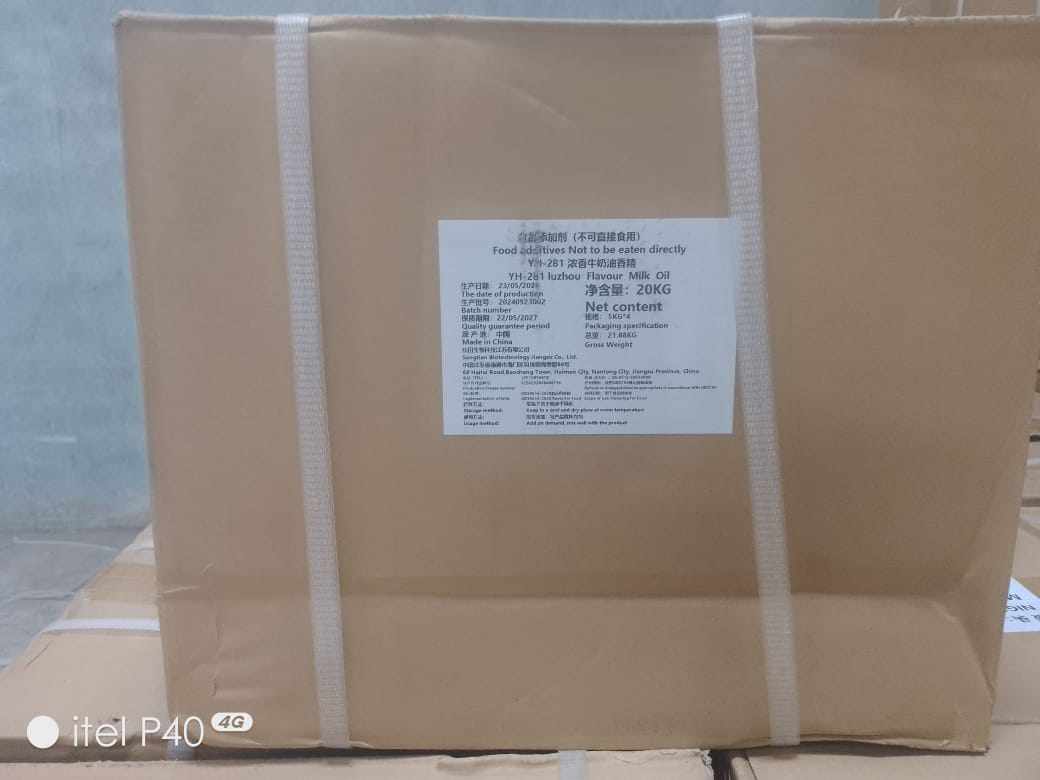
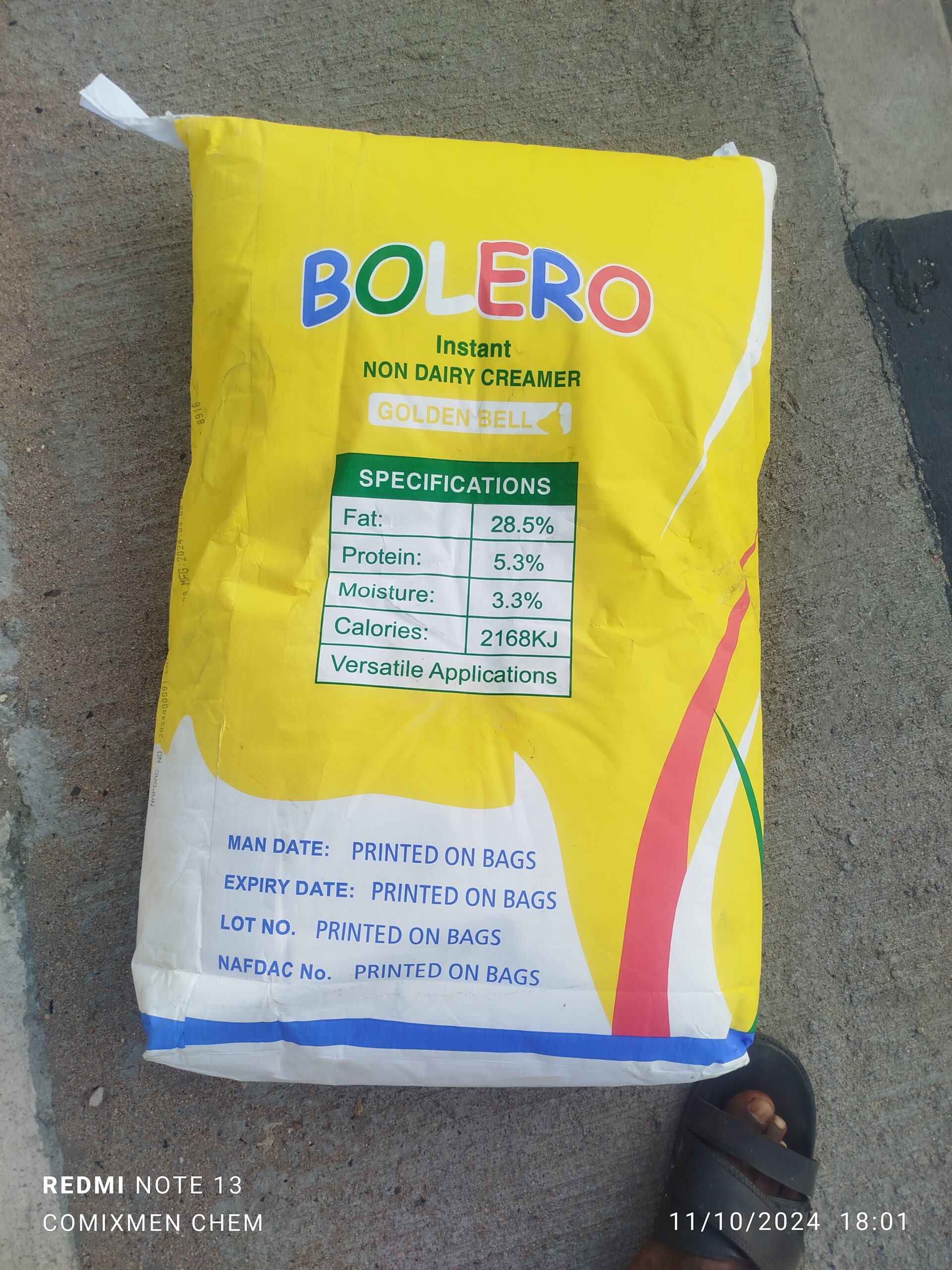
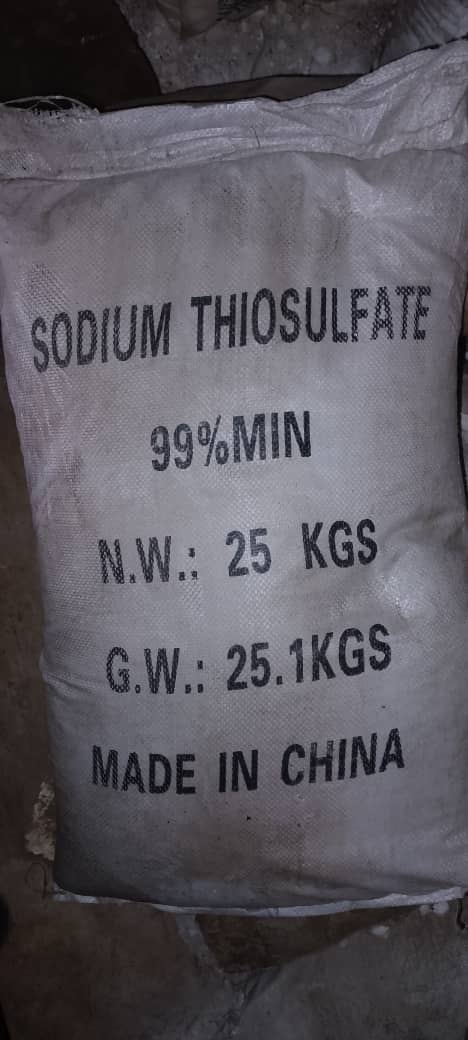

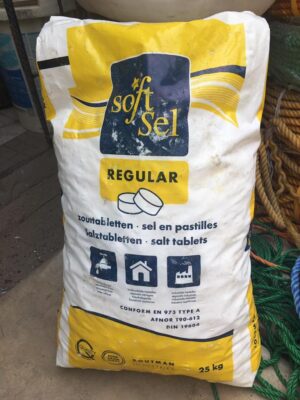

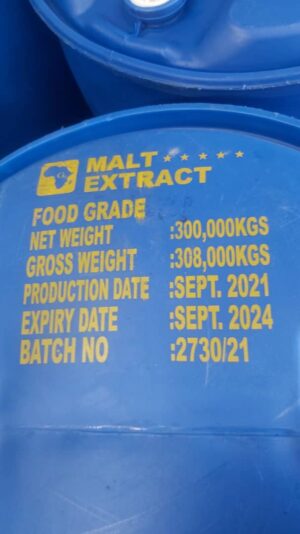

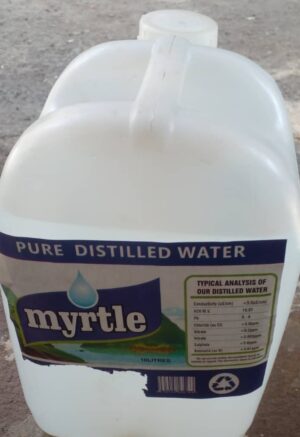
Reviews
There are no reviews yet.